Overview of Kaziranga Tiger Reserve
Kaziranga National Park excites nature enthusiasts and was granted UNESCO World Heritage Site status. This natural habitat stands out because it has an impact on conservation efforts for endangered one-horned rhinos, Bengal tigers, and a diverse array of wildlife that few places in India can match.
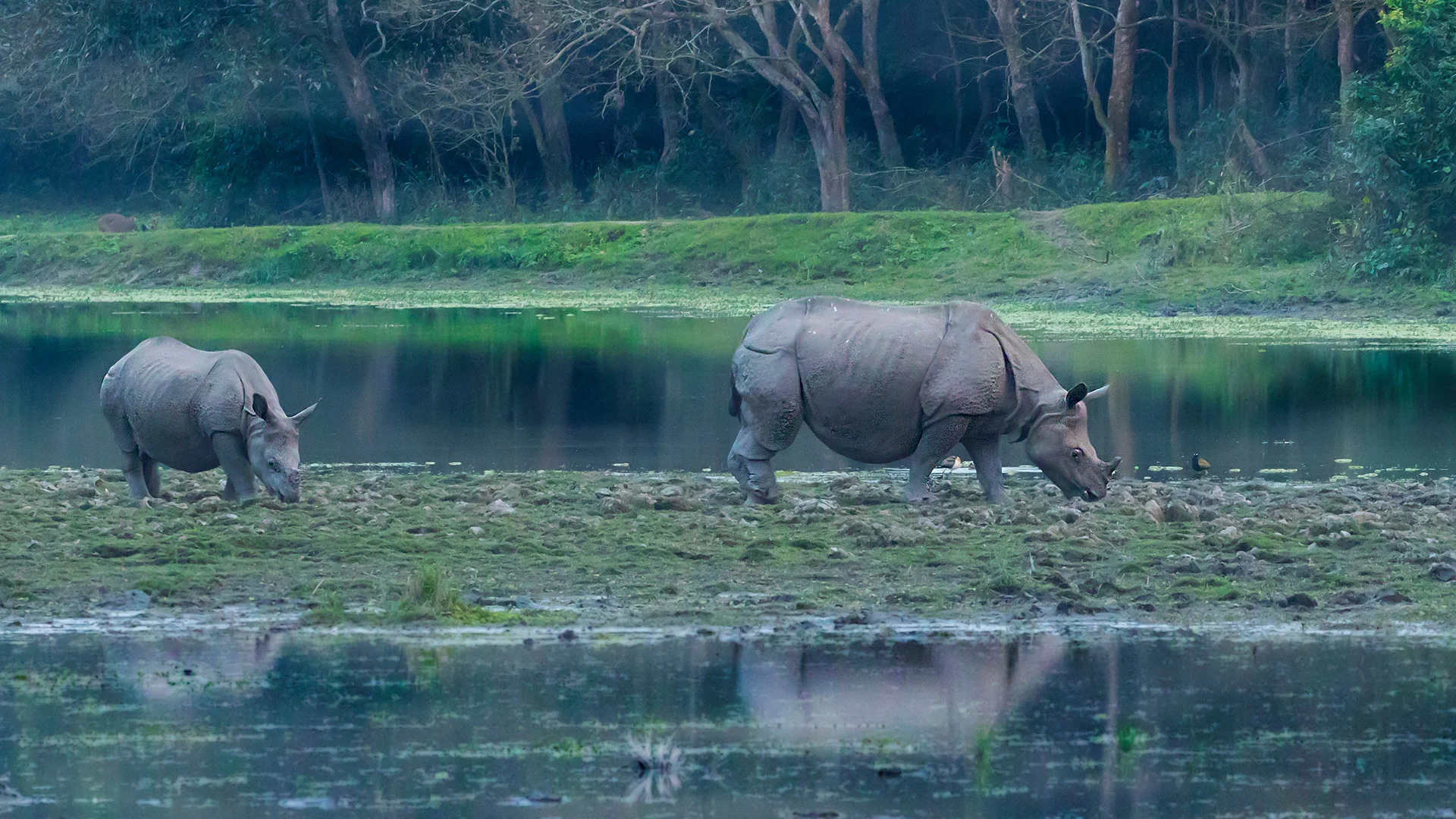
History of Kaziranga Tiger Reserve
Kaziranga National Park was established in 1905 by Mary Victoria Leiter Curzon, wife of Viceroy Lord Curzon, who advocated for rhino protection after witnessing their declining numbers in Assam. Originally covering 232 square kilometers as the “Kaziranga Proposed Reserve Forest” in 1908, it became a wildlife sanctuary in 1950 and achieved national park status in 1974. UNESCO recognized Kaziranga as a World Heritage Site in 1985 for its exceptional role in one-horned rhinoceros conservation. Today, the park spans 858 square kilometers and protects over 2,500 rhinos, making it one of India’s greatest conservation success stories and a globally recognized wildlife sanctuary.
Biodiversity
Flora
Kaziranga has over 1,000 different types of plants! The park is famous for its super tall elephant grass that grows up to 6 meters high – that’s like a two-story building! This grass helps rhinos and tigers hide from danger. The park has big forests with huge trees like hollong (Assam’s state tree), sal, and teak. In the water areas, you can find beautiful lotus flowers and water plants that animals love to eat. There are also special healing plants like neem and tulsi that people use as medicine. The forest floor is covered with pretty ferns, colorful orchids, and climbing vines. Bamboo trees create natural paths for animals to walk through safely.
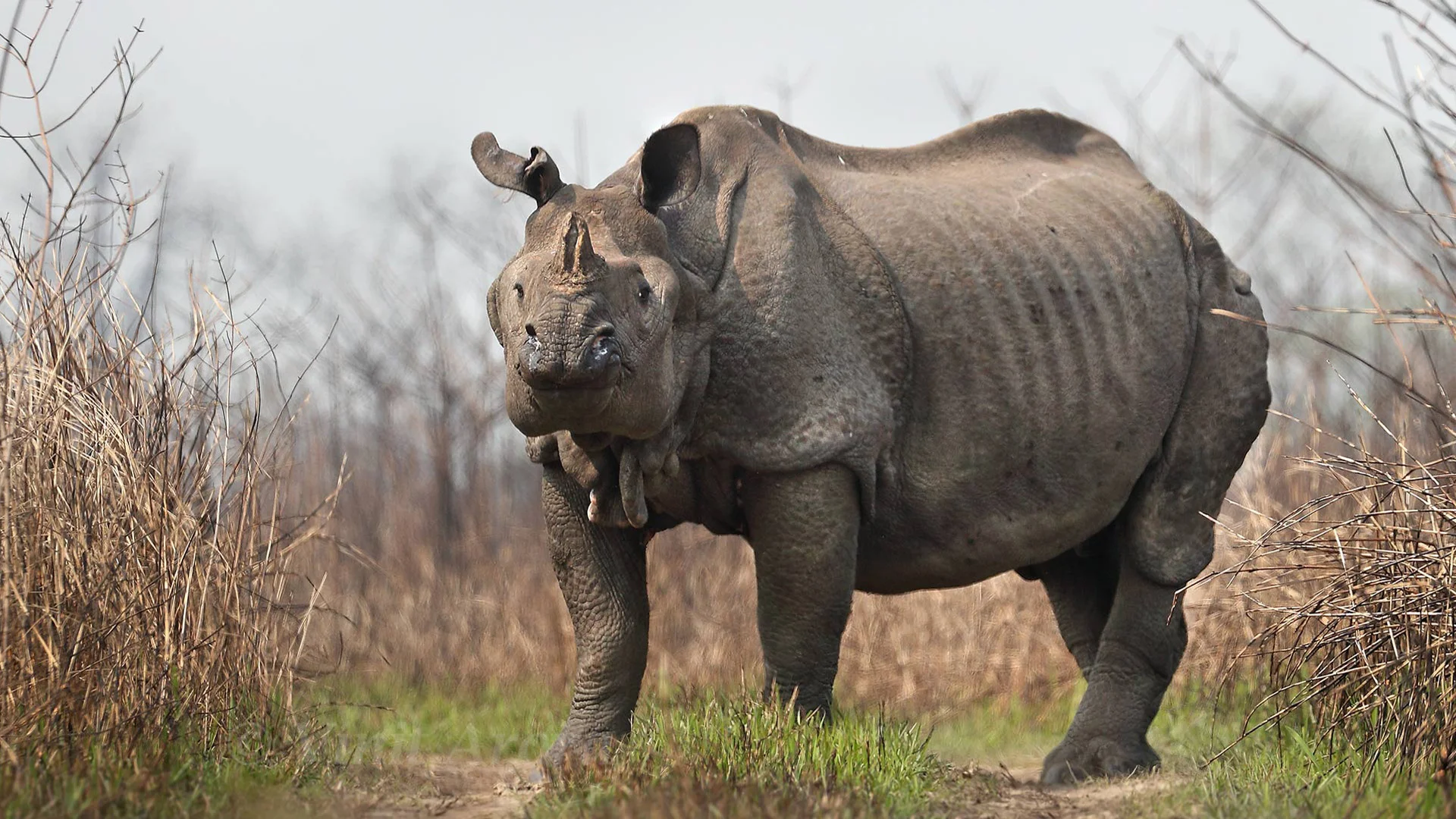
Fauna
Kaziranga is home to two-thirds of the world’s one-horned rhinoceros population, making it the ultimate “rhino capital” of the planet! The park’s rhinos can run up to 55 km/hour despite weighing up to 2,700 kg. Kaziranga holds the highest density of tigers among all protected areas worldwide, with over 100 royal Bengal tigers. The park’s tall elephant grass grows up to 6 meters high, providing perfect camouflage for wildlife. Annual flooding from the Brahmaputra River maintains the unique ecosystem and creates spectacular wildlife viewing opportunities. With over 480 bird species, Kaziranga is a birdwatcher’s paradise featuring the rare Bengal florican.
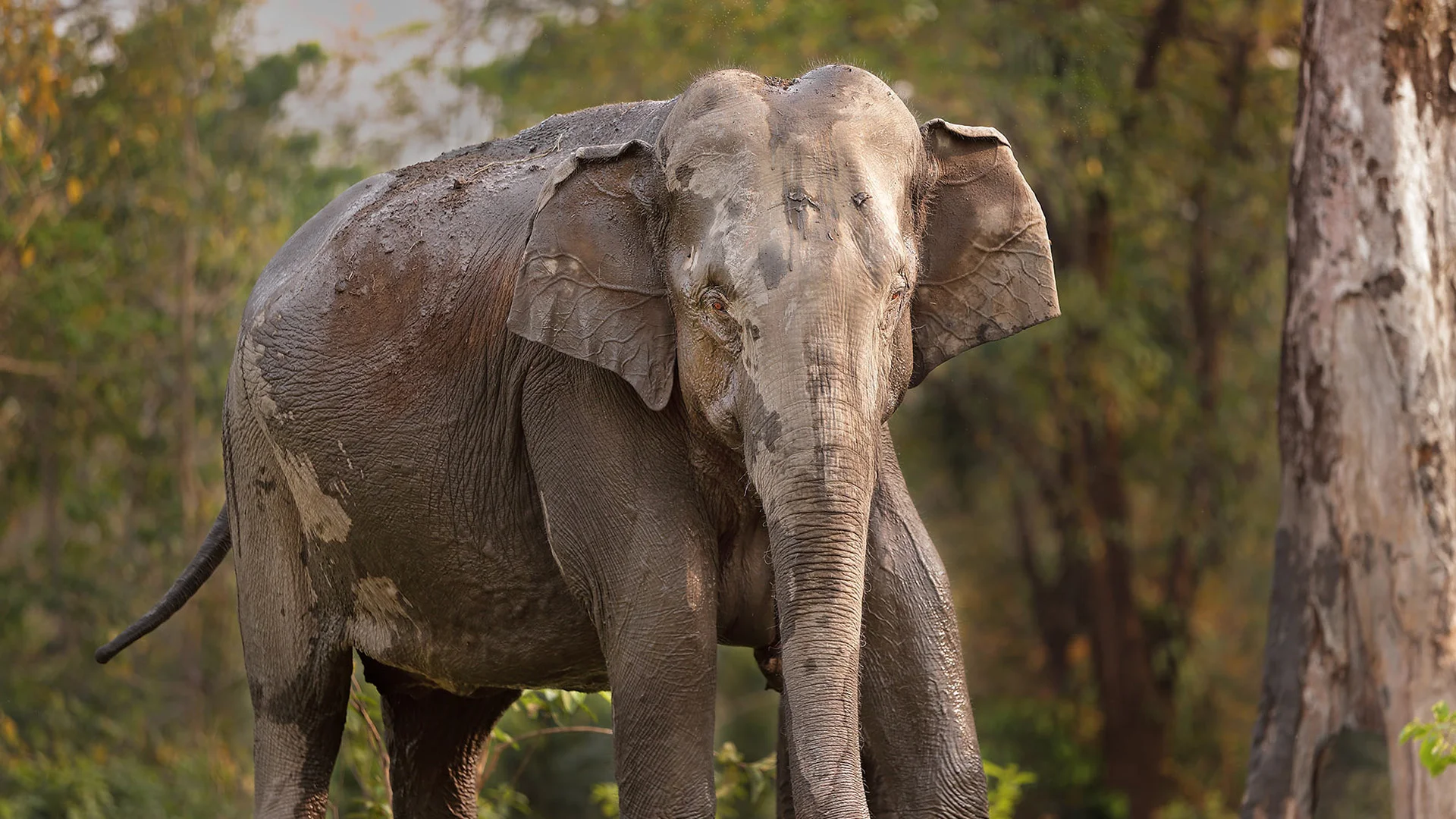
Jungle Safari in Kaziranga Tiger Reserve
Kaziranga offers exciting jungle safaris to explore its rich wildlife and natural beauty. The park has two main types of safaris – jeep safaris and elephant safaris – each providing unique experiences to spot rhinos, tigers, elephants, and over 480 bird species. Safaris operate twice daily during morning (6:00 AM to 9:00 AM) and afternoon (2:00 PM to 5:00 PM) sessions across four different ranges of the park.
Types of Jungle Safari
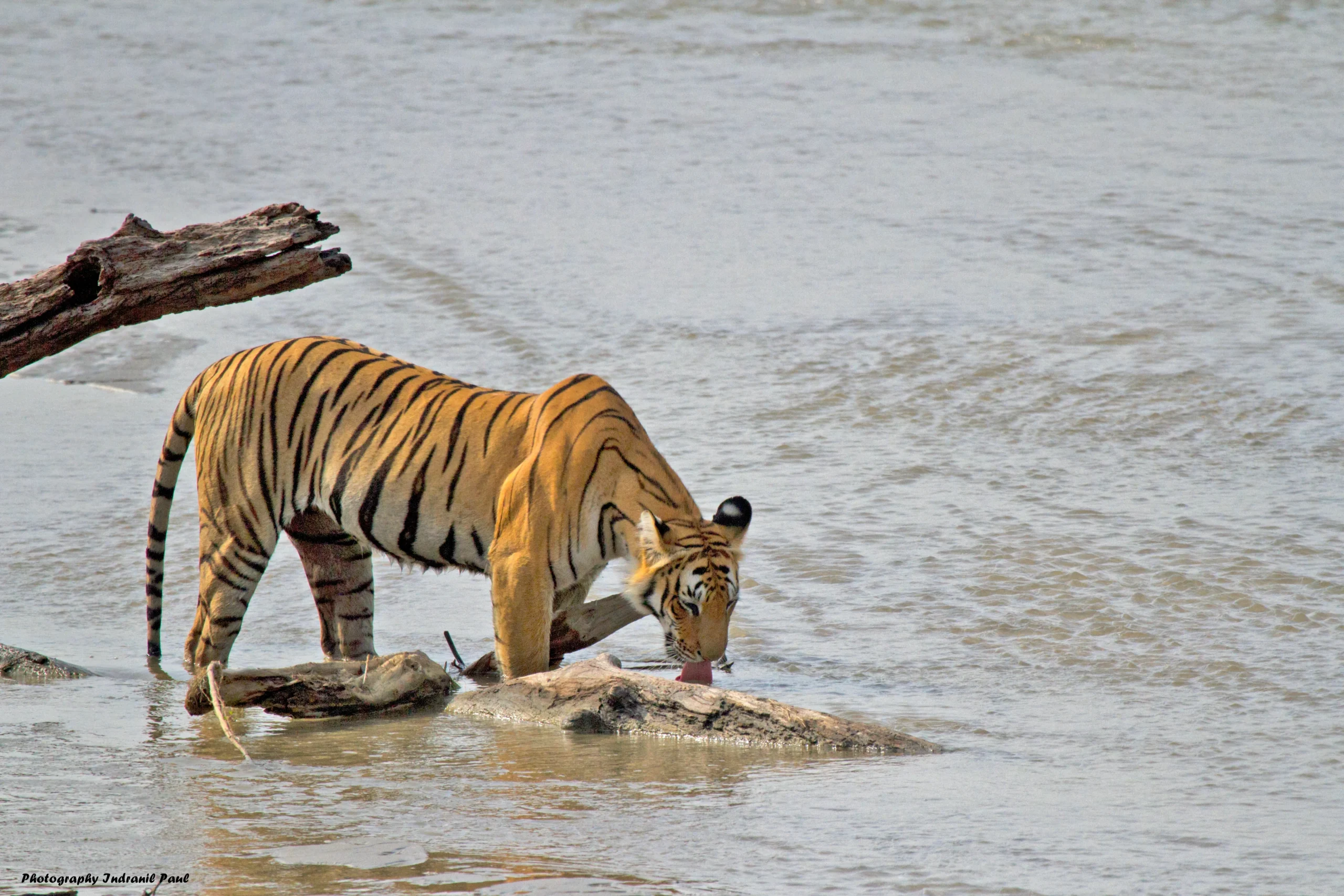
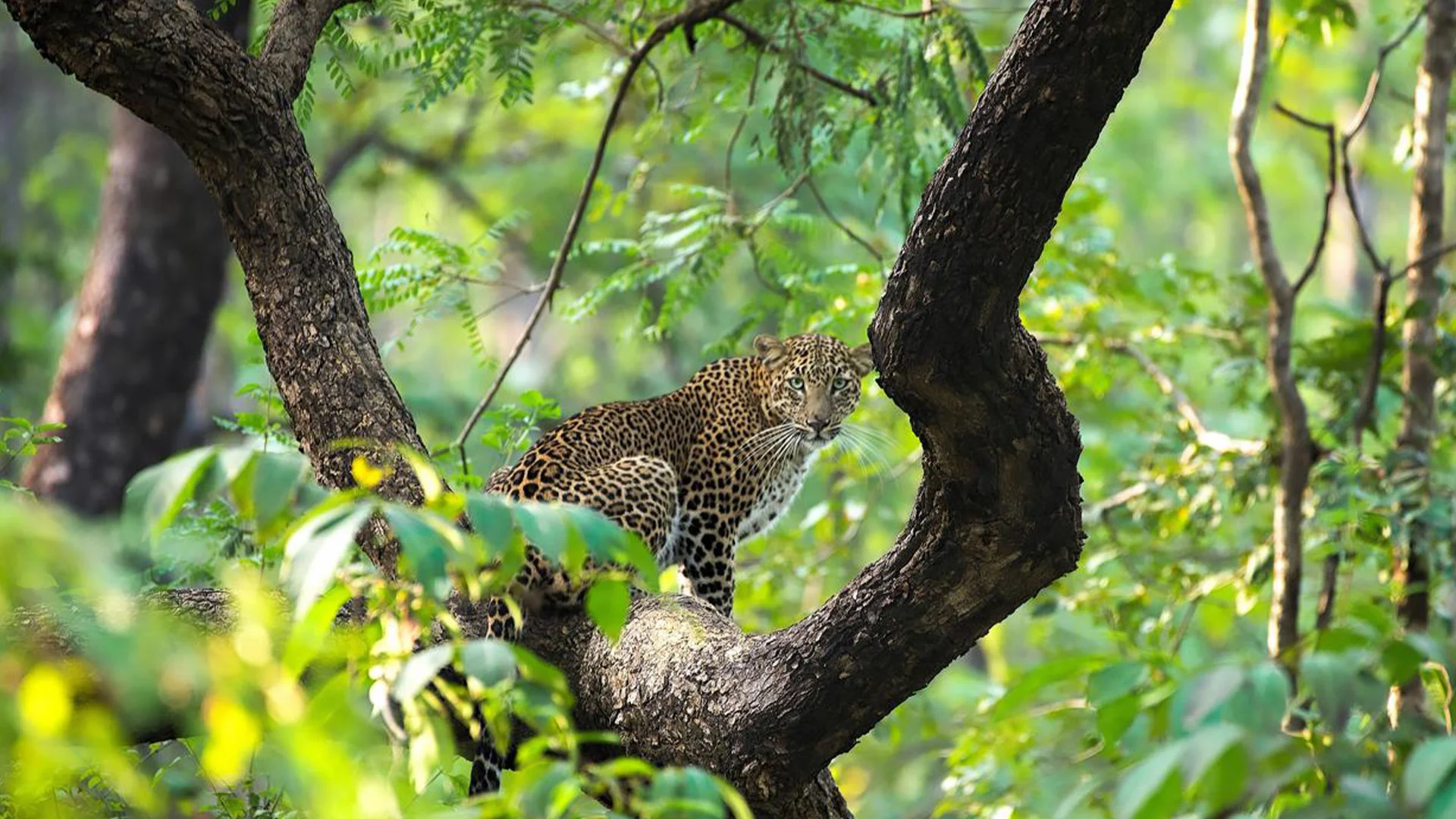
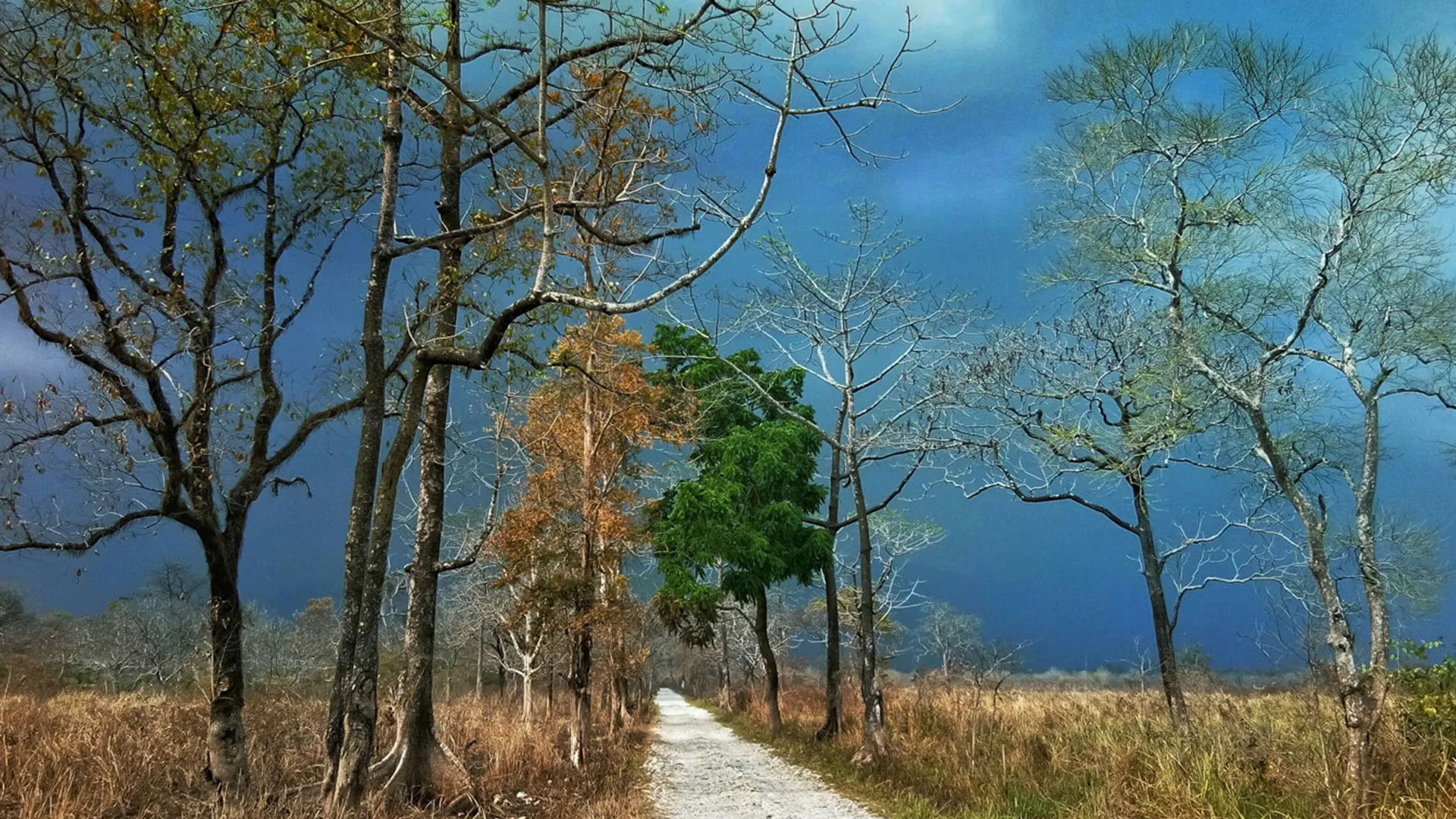
How to Reach Kaziranga Tiger Reserve
By Air: The closest airport is Jorhat Airport, just 90 km away with flights from Kolkata and Guwahati. Guwahati Airport (217 km) has more flight options from big cities like Delhi and Mumbai. You can take a taxi or bus from the airport to reach the park.
By Train: Furkating Junction is the nearest train station, only 75 km from Kaziranga. Guwahati Railway Station (217 km) connects to major cities across India. Regular trains run to both stations.
By Road: You can drive on National Highway 37 to reach Kaziranga. From Guwahati, it’s a 4-5 hour drive (217 km). From Jorhat, it takes just 2 hours (90 km). Buses run regularly to Kohora, the park’s main entrance.
Local Transportation: Once you reach Kohora town, you can book jeeps for safari rides. Auto-rickshaws are available for moving around town to hotels and restaurants.
Distance from Major Cities
Nearby Cities:
- Jorhat: 90 km (2 hours)
- Tezpur: 70 km (1.5 hours)
- Guwahati: 217 km (4-5 hours)
Train Stations:
- Furkating Junction: 75 km
- Mariani Junction: 65 km
Airports:
- Jorhat Airport: 90 km
- Guwahati Airport: 217 km
Other Places:
- Kamakhya Temple: 233 km
- Majuli Island: 130 km
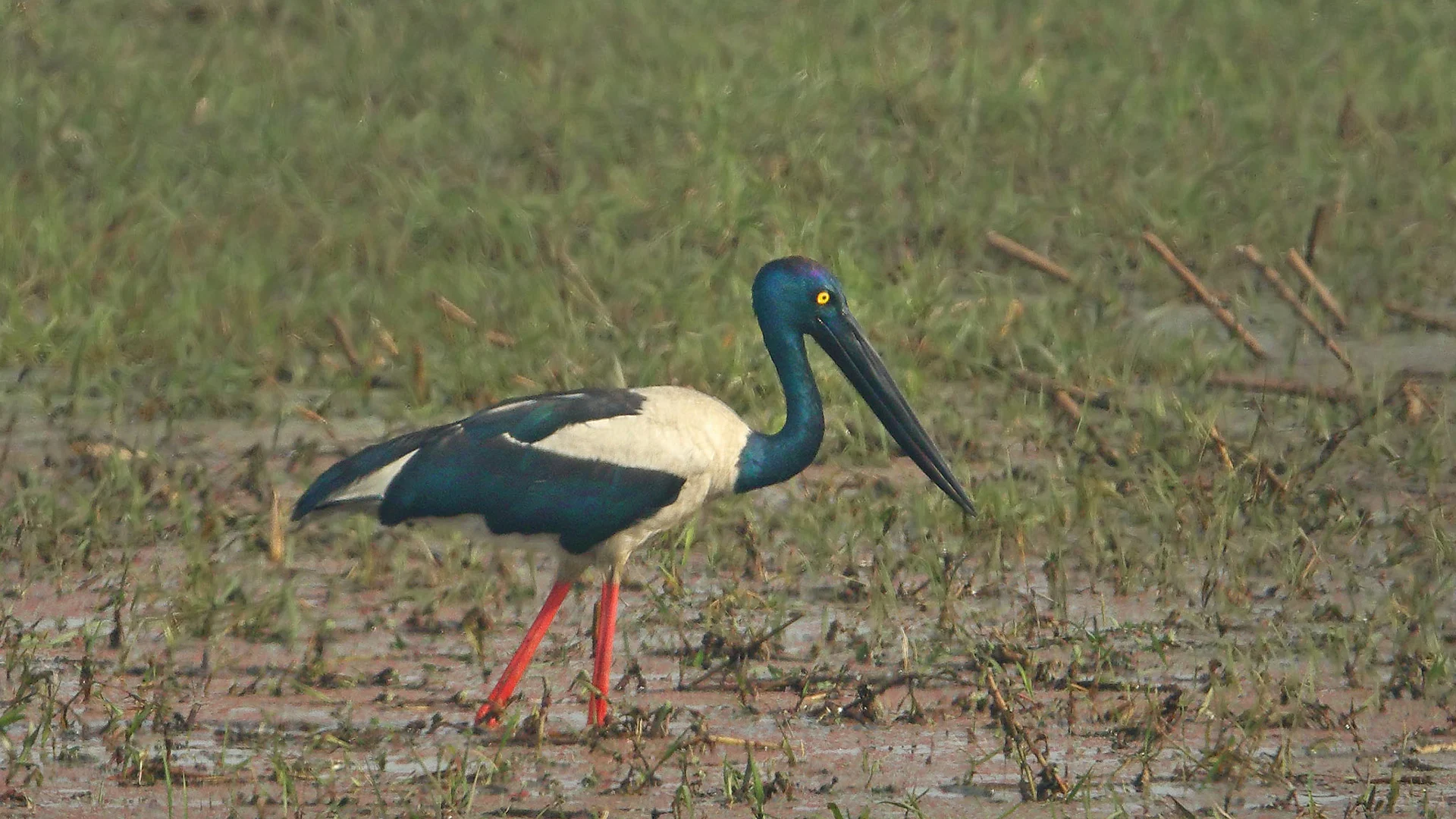
Best Season to Visit Kaziranga Tiger Reserve
Best Time (November to February): Cool and pleasant weather perfect for safaris. You can easily spot rhinos and other animals because the grass is shorter after flooding. Great for taking photos!
Good Time (March to April): A bit warmer but still nice for safaris. This is the best time to see birds, especially tigers are more active during this period.
Park Closed (May to October): The park closes during monsoon season because of heavy rain and flooding. Animals move to higher ground during this time.
Quick Guide:
- See rhinos: December to February
- See birds: March to April
- Take photos: November to February
- Spot tigers: March to April
